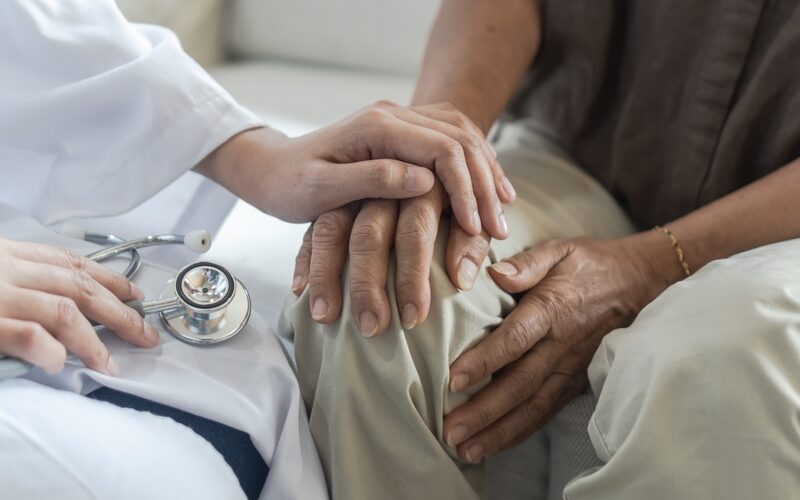Rapamycin, an mTOR inhibitor, is well-known for its anti-aging properties. But rapamycin anti-aging benefits aren’t the only reason to take this medication. It has the potential to slow or even reverse some age-related conditions—including musculoskeletal conditions like osteoporosis.
Osteoporosis is a condition characterized by a significant loss of bone density and quality, leading to an increased risk of fractures and breaks. There are many causes of osteoporosis, but age-related factors are the most common.
Rapamycin may be able to slow down the deterioration caused by senile (age-related) osteoporosis.
What is Rapamycin for osteoporosis?
Rapamycin’s anti-aging benefits are well-known. It has the ability to boost the immune system, delay and treat age-related conditions, improve autophagy (cells’ ability to clean out and recycle damaged parts), and more.
Age-related conditions and diseases are caused by a gradual decline in cell and tissue function. Osteoporosis is no different. As we age, bone resorption—where bone is broken down—outpaces bone formation, which can result in a significant drop in bone density.
But, can we use rapamycin for bone density? Potentially.
Can Rapamycin help osteoporosis?
Research is still underway on the rapamycin’s benefits for bone loss and osteoporosis treatment with rapamycin. But rodent models have shown a lot of promise.
According to studies, there is potential for osteoporosis treatment with rapamycin for both senile (age-related) osteoporosis and osteoporosis accompanied by iron accumulation.
Rapamycin effectiveness in osteoporosis therapy
One study found that rapamycin helped improve both bone growth (osteogenesis) and the formation of new blood vessels (angiogenesis) in bones affected by osteoporosis with excess iron buildup.
Another study found that rapamycin may help to prevent the age-related decline of osteocytes. Osteocytes are the main cells that control bone remodeling, and when they lose their ability to clean out and recycle damaged parts (autophagy), it contributes to age-related bone loss (senile osteoporosis).
Rapamycin for bone density
Since studies are still underway, there is no specific treatment protocol established for osteoporosis prevention with rapamycin. The senile osteoporosis study mentioned above took place over 12 weeks, during which participants received an injection of 1 milligram of rapamycin per kilogram of body weight each day into the abdominal area.
Typically, rapamycin is given in capsule form in weekly doses ranging from 3 mg to 6 mg. This method of administration allows for flexibility in dosing, but research is still ongoing to determine the best dosage for rapamycin for osteoporosis.
See if osteoporosis prevention with rapamycin is for you
If you’re concerned about osteoporosis and exploring options for prevention, rapamycin may be worth considering. As always, it’s important to discuss this potential treatment with your healthcare provider to determine if it’s suitable for your individual needs.
Heally can help connect you with knowledgeable healthcare professionals from the comfort of your home, making it easier to get the guidance you need on osteoporosis prevention and other health concerns.
If you’re ready to get started, register with Heally and schedule your consultation.
Sources
- Bone Health and Osteoporosis Foundation (BHOF): Osteoporosis Fast Facts
- Springer Nature: Rapamycin reduces severity of senile osteoporosis by activating osteocyte autophagy
- Science Direct: Rapamycin improves bone mass in high-turnover osteoporosis with iron accumulation through positive effects on osteogenesis and angiogenesis
- Nature Portfolio: Targeting the biology of aging with mTOR inhibitors

